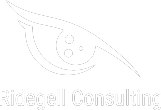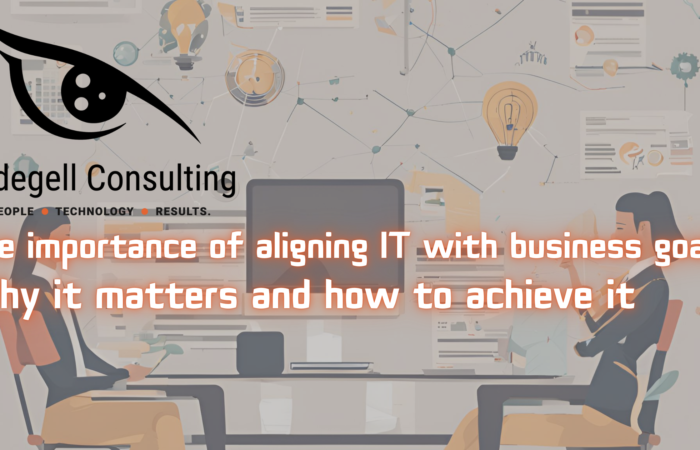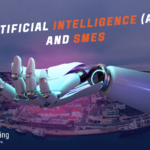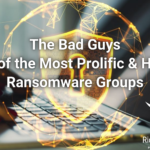Estimated reading time: 5 minutes
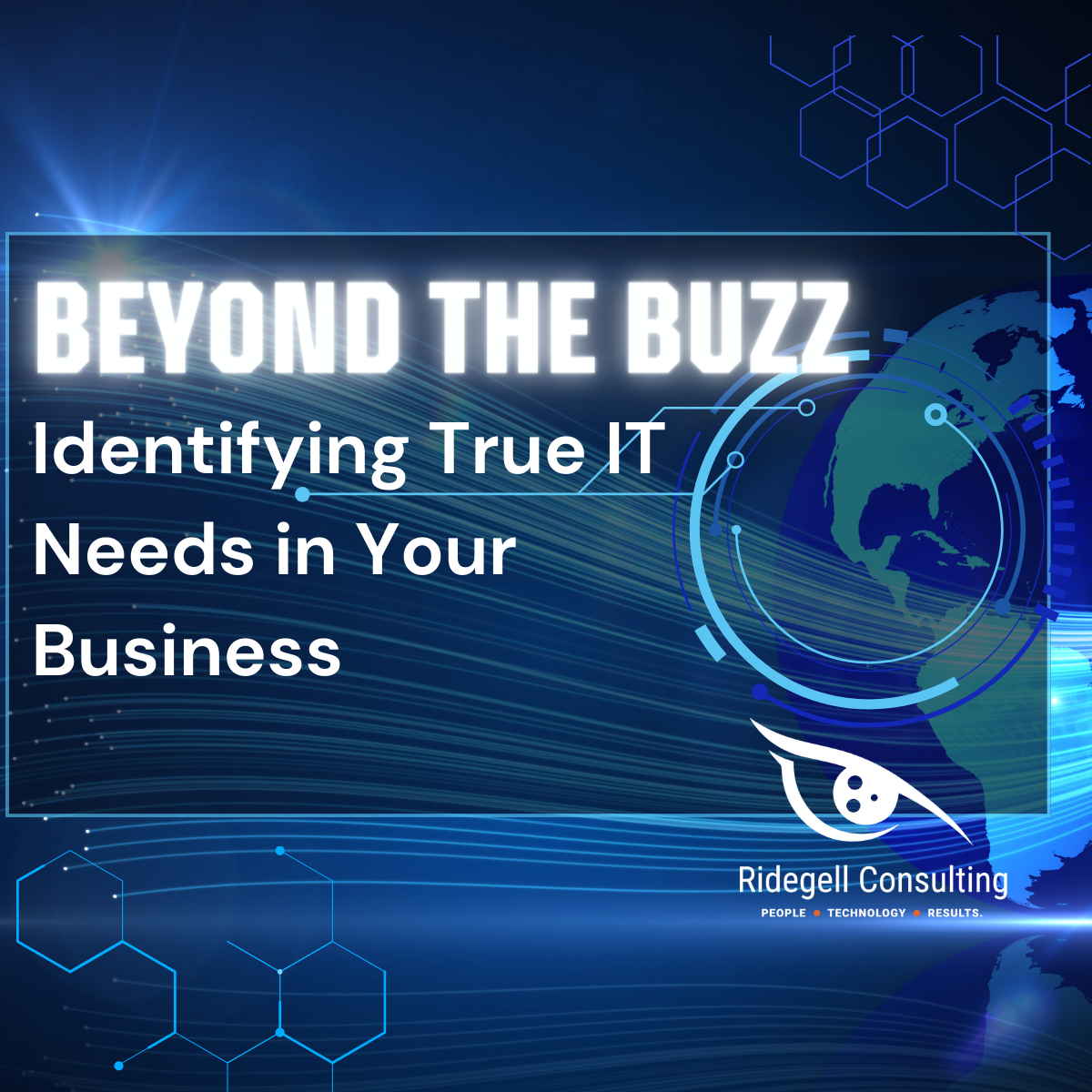
In today’s fast-paced digital world, businesses are constantly bombarded with new tools, platforms, and solutions, each promising transformational growth. But how do you sift through the noise and find what truly benefits your organization?
The answer lies in understanding your real IT needs.
Rather than getting swept up in the latest trends, businesses must take a step back: assess where they are, define where they want to go, and build a technology strategy that truly supports their goals. Here’s how to cut through the clutter and confidently determine your IT needs.

Start by Conducting a Comprehensive Needs Assessment
The first step to identifying your true IT needs is a clear-eyed assessment of your current technology environment.
Evaluate your existing IT infrastructure:
Examine your network, hardware, software, and cybersecurity protocols. Are they keeping up with your current workload and future ambitions?
Analyze workflows and processes:
Identify bottlenecks, inefficiencies, or areas where automation could increase productivity.
Gather feedback from every department:
Departments often have unique needs. Your marketing team, finance team, and operations group may all rely on different tools and face different challenges.
Identify vulnerabilities and underutilized resources:
Outdated systems, security gaps, and underused software drain both productivity and budget.
Ensure alignment with business objectives:
Your IT systems should actively support your broader business goals, not just function as a patchwork of disjointed tools.
Pro Tip: A comprehensive IT assessment acts as the foundation for any future technology investments, ensuring you prioritize what truly matters.
Define Where You Want to Go: Align IT with Business Objectives

Before investing in new technology, it’s crucial to define your business goals.
Whether your priorities include scaling operations, enhancing customer experiences, reducing costs, or strengthening cybersecurity, clarity is key.
Here’s how to align your IT roadmap with business strategy:
Define Your Business Strategy
- What are your short-term and long-term goals?
- Are you targeting a 20% growth over the next three years?
- Planning to expand into new markets?
- Looking to optimize operations to improve margins?
Identify Required Capabilities
- To achieve growth, you may need new client management systems (like a CRM).
- If improving cash flow forecasting is key, enhancing financial reporting tools could be critical.
Match Technology Solutions to Business Needs
- Implementing a CRM could improve customer relationships and drive sales.
- Upgrading your ERP could enhance operational efficiency and forecasting accuracy.
- Moving to cloud-based systems could improve scalability and support remote work flexibility.
When IT initiatives directly support your business vision, technology becomes an accelerator, not an afterthought.
Build a Practical Roadmap: How to Get There
Once you know where you are and where you want to go, it’s time to map out how to get there.
Engage Stakeholders Across the Business
- Collaborate with leadership, department heads, and frontline employees.
- Their insights will highlight pain points and opportunities you might otherwise overlook.
- Involving employees early also drives buy-in during implementation.
Prioritize High-Impact Solutions
- Focus first on initiatives that solve critical problems or deliver major benefits.
- This ensures a better ROI and a faster, more visible impact.
Research and Benchmark
- Compare your IT capabilities to industry best practices.
- What solutions are similar-sized businesses in your industry using?
- Benchmarking helps you stay competitive without falling for hype.
Develop a Flexible Technology Roadmap
- Create a timeline for key initiatives.
- Build in flexibility to adapt to evolving business needs or external factors.
- Assign clear ownership for each initiative to maintain accountability.
Choose Scalable, Future-Ready Solutions
- Select IT solutions that can grow and evolve with your business.
- Flexibility and scalability are critical to avoid costly upgrades down the road.
Focus on ROI and Total Cost of Ownership (TCO)
- Look beyond the sticker price.
- Analyze long-term costs, including maintenance, upgrades, licensing, and support.
- Favor solutions that provide measurable value over time.
Resist the Hype
- Not every “hot new technology” is right for your business.
- Trendy tools may not deliver practical benefits — or may even create unnecessary complexity.
Remember: Smart IT decisions are based on needs, not noise.
Find Technology That Works for You
Identifying your true IT needs isn’t about chasing the latest innovations. It’s about being strategic, thoughtful, and aligned with your business priorities.
At Ridegell Consulting, we help businesses like yours conduct deep assessments, align IT investments with strategic goals, and build scalable technology roadmaps for lasting success.
If you’re ready to cut through the noise and find what’s really needed to grow and protect your business, we’re here to help.
Frequently Asked Questions
How do I know if my business needs a new IT solution?
If you’re experiencing bottlenecks, security risks, downtime, or inefficiencies that slow down operations, it’s time to reassess your IT needs. A technology audit can reveal gaps and opportunities for improvement.
How often should businesses reassess their IT needs?
Ideally, businesses should conduct an IT assessment annually or whenever they experience significant growth, operational changes, or shifts in strategic goals.
What’s the risk of investing in the wrong IT solutions?
Poor IT investments can lead to wasted resources, operational disruptions, cybersecurity vulnerabilities, and slower business growth. That’s why aligning IT to real needs is critical.
How does IT directly support business growth?
Strategic IT investments streamline operations, improve data insights, enhance customer experiences, and enable scalability, all critical for achieving business goals.
